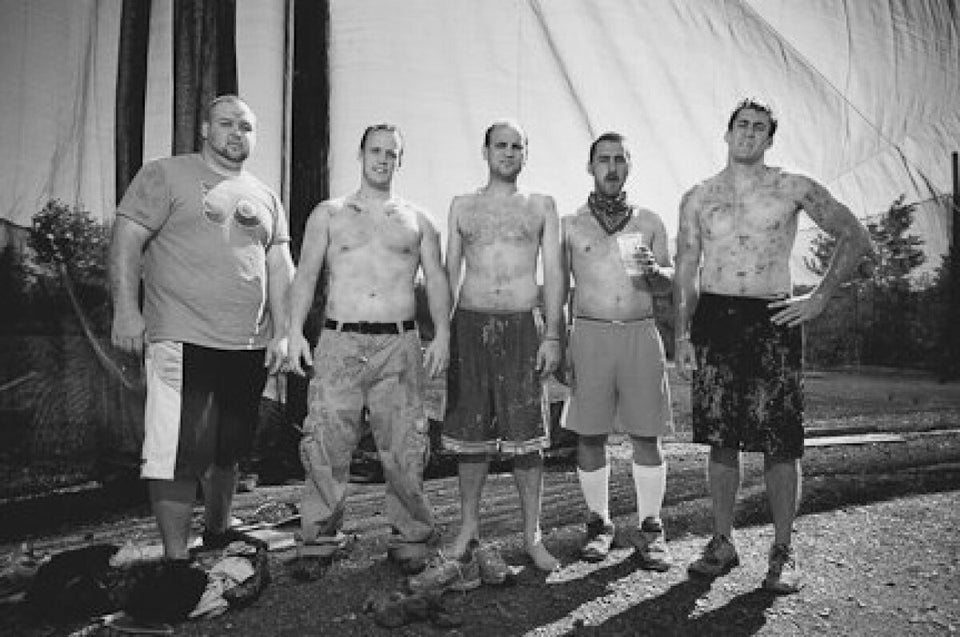
There's no question most people are committed to giving back — in 2010, the average Canadian donated $446 to charity. And with so many of us spending an increasing amount of time on our computers and smartphones, it's becoming easier to skip on our physical support and click our way to giving.
As companies recognize the trend toward donating online, NGOs and big organizations are utilizing social networks to make themselves more visible and attract more support. So with savvy research and a few keystrokes, it's becoming easier to find charities that align with our own interests.
"For charities, digital tools and platforms are becoming the key channel to the public to encourage fundraising, action-taking or awareness," Karina Brisby, the head of interactive campaigns for Oxfam, told the Guardian in 2011.
Even though it appears that online giving has surpassed real-life giving as the chosen method, the onus is still on the public to ensure that we are investing our money with the same care as if we were doing it in person.
When The Royal Canadian Mint announced it would stop distributing new pennies this month, a number of initiatives, including Free The Children's We Create Campaign, and Ottawa resident Steve St. Pierre's Twitter account, used social media to begin collecting the six billion or more Canadian pennies still in circulation for charity. And every penny counts (as they used to be able to say).
This week also marked the third Bell Let’s Talk Day. With Canadian cyclist and speed skater Clara Hughes leading millions to end the stigma behind mental illness, the day was a huge success. Canadians' response to the one-day campaign yielded more than 96,000,000 calls, texts, tweets and Facebook shares, with Twitter leading the charge at 1.5M tweets and retweets. And with Bell donating five cents for each of these communications, an additional $4.8M was raised for mental health programs, according to the press release.
National Bank is also giving Canadians the chance to take part in their online “One For Youth” Program, an initiative that costs you even less than a penny, but will see a total of $100,000 donated to eight youth organizations.
The initiative, which launched earlier this year and ends on February 24, ensures that up to $4 will be given to a favourite charity each week, selected from the offering on their Facebook page. You can also follow their progress on Twitter.
Ranging from food security, to medical assistance to confidence, the list, which includes Scouts Canada and the Junior Achievement, covers a wide range of interests as it relates to children's well-being.
Smaller organizations have also found success with their Facebook contacts. The Pakistan Youth Alliance was able to secure volunteers and raise money for flood relief through their campaign.
The Chronicle of Philanthropy reports that the top 10 major charity gifts donated in the United States totalled $5.1 billion. While it's not clear how much is raised online, social media has found its place in charitable giving, proving that with a little effort, the reach can go far to garner huge support for deserving organizations.
